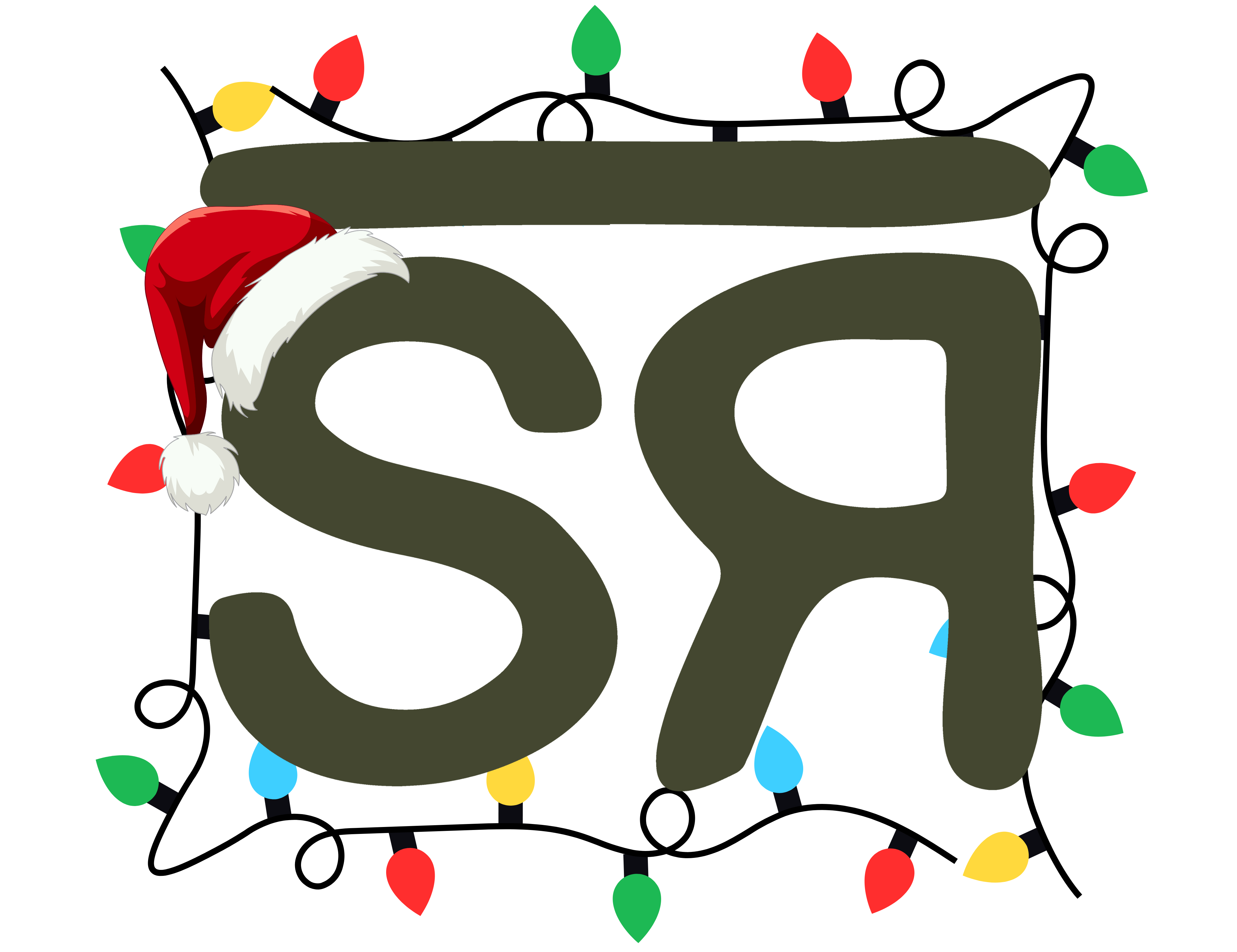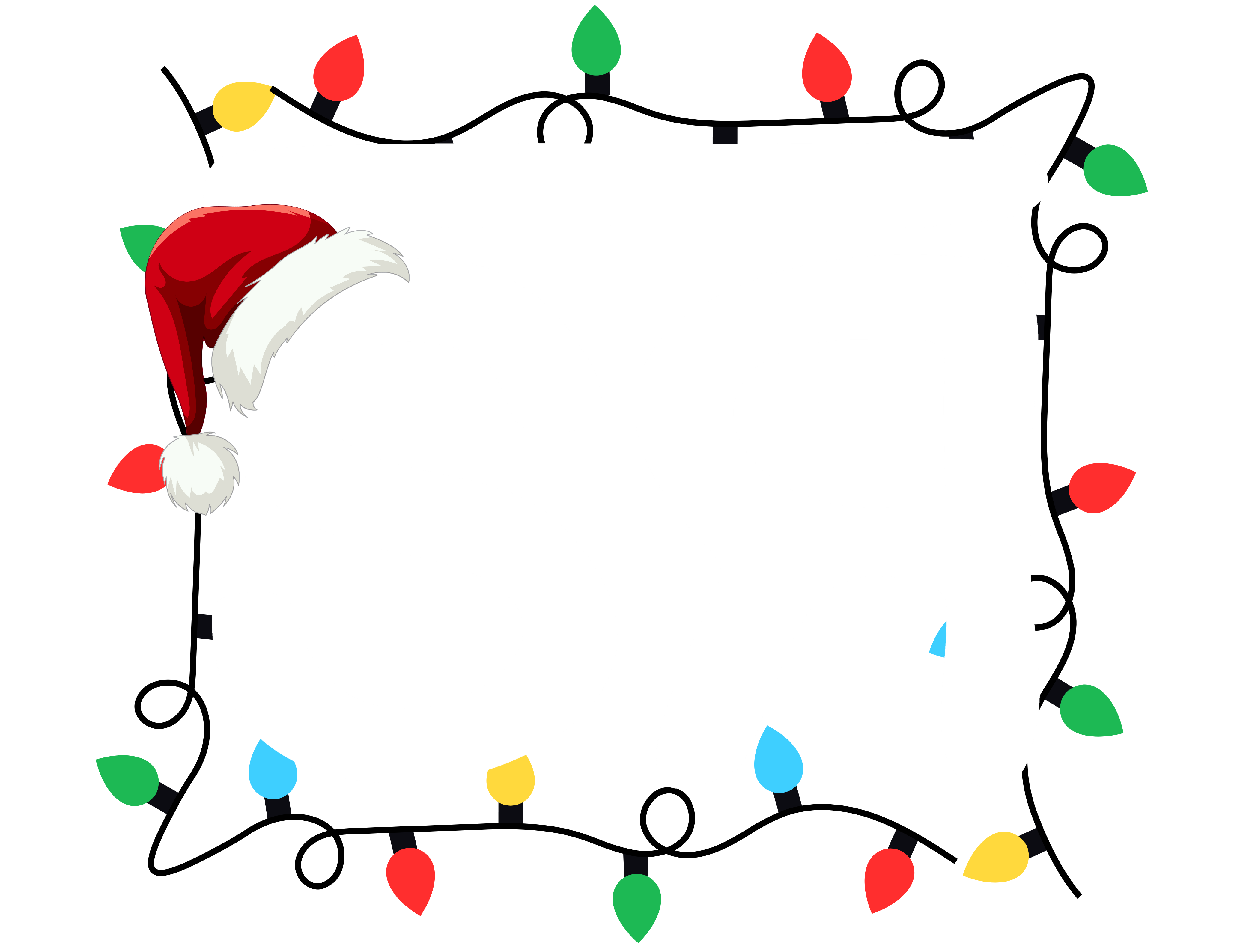Rodeo is more than just a sport—it’s a tradition deeply rooted in Western heritage, showcasing incredible athleticism, skill, and a deep connection between rider and animal. If you're new to the world of rodeo, this guide will break down the key events and what to expect when you step into the stands for an action-packed rodeo experience.

- by Heidi Yeager
Rodeo 101: A Beginner’s Guide to the Sport of the West
- by Heidi Yeager




Share:
Behind The Chutes- An Interview with Wiley Jack, a PNW Steer Wrestler, Team Roper, and Pick up man!
Scottsdale Rodeo Weekend Recap: A Celebration of Grit, Tradition & Community